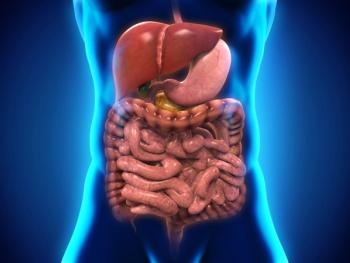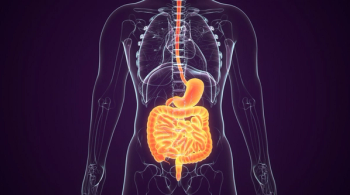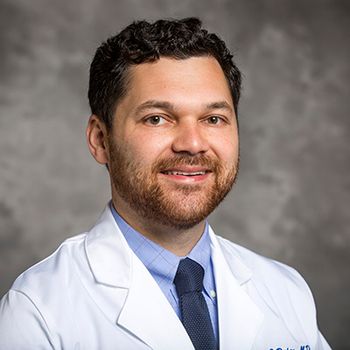
Younger NSCLC Patients More Likely to Harbor Targetable Genomic Alterations
Patients diagnosed with non-small-cell lung cancer (NSCLC) at a younger age are far more likely to harbor a targetable genomic alteration than older patients.
Patients diagnosed with non–small-cell lung cancer (NSCLC) at a younger age are far more likely to harbor a targetable genomic alteration than older patients, according to a new study. Poor survival in these younger patients suggests more aggressive disease.
Unlike with other malignancies such as breast or colon cancer, “NSCLC occurring in young patients is a poorly studied clinical entity,” wrote study authors led by Geoffrey R. Oxnard, MD, of the Dana-Farber Cancer Institute in Boston. “The median age at diagnosis of NSCLC is 70 years and less than 5% of patients are younger than 50 years at diagnosis.” The study authors hypothesized that young age at diagnosis might define a population with targetable genomic alterations.
They analyzed genetic data and outcomes for a cohort of 2,237 patients with NSCLC who were genotyped at Dana-Farber between 2002 and 2014. Of these, 81 patients (4%) were under the age of 40 at diagnosis; 252 patients (11%) were between 40 and 49, 597 (27%) were aged 50 to 59 years, 697 (31%) were between 60 and 69, and 610 (27%) were 70 years or older. Results of the study were
The study found that several genomic alterations were significantly associated with age at diagnosis. A total of 26% of the full cohort had EGFR mutations, but these were more common in the youngest patients (32%) and in the aged 40 to 49 years group (34%) than in older patients (P = .02). Similarly, ALK mutations were present in only 5% of the full cohort, but in 19% of the under 40 years old group and in 13% of the 40 to 49 years group, compared with 5%, 3%, and 1% of the older three groups (P < .001).
KRAS mutations, meanwhile, were more common among the older patients; they occurred in only 9% of the youngest and 13% of the second youngest group, compared with 26%, 34%, and 27% of the older groups (P < .001). There were trends toward more ERBB2 (P = .15) and ROS1 (P = .10) mutations in younger patients, but no such trend was seen for BRAF V600E mutations (P = .43).
Overall, patients diagnosed at age 50 or younger had a 59% increased chance of harboring at least one targetable alteration.
Patients in the youngest group and the oldest group had the lowest median overall survival (P < .001). A univariate analysis showed there is a significant relationship between the presence of targetable genotypes and survival (P < .001). Patients who had a targetable genomic alteration who received targeted therapy did have improved survival, while those with such an alteration who did not receive targeted therapy did not.
In an
Newsletter
Stay up to date on recent advances in the multidisciplinary approach to cancer.

















































































